The total investment resources for the North-South high-speed railway project are estimated at over 67 billion USD. This is not a small number, but according to the assessment of professional agencies and experts, mobilizing capital is not too big an obstacle.
The State budget is the main source. Regarding the proposed investment plan for the entire 1,541km route, Mr. Chu Van Tuan, Deputy Director of the
Railway Project Management Board (Ministry of Transport), said that the average investment rate is about 43 million USD/km. This figure is lower than Indonesia's investment rate for the route that was just put into operation in 2023 (about 52 million USD/km) and is at an average level compared to other countries in the world.
The consultant prepared a preliminary feasibility study report, estimating the total project investment at approximately 67.34 billion USD.
Regarding capital mobilization, international experience shows that to ensure feasibility, the State budget needs to play a leading role. It is expected that the State budget will be mobilized in the medium term and from ODA capital (in case the loan has less constraints and costs are lower than domestic mobilization). "During the exploitation process, we will call for social investment in service and commercial areas at stations, and enterprises will pay infrastructure rental fees to the State," said Mr. Tuan. Mr. Tuan also said that according to data compiled from the medium-term public investment plan for the 2021-2025 period, the investment capital for the expressway system alone is about 450 trillion VND, equivalent to 18 billion USD (about 3.6 billion USD/year). After 2027, when the expressway system is basically completed, the above public investment capital can be transferred to prioritize railway projects, especially high-speed railways. The project is expected to start construction in 2027 and be completed in 2035, requiring an average of about 5.6 billion USD to be mobilized each year. This mobilization level is equivalent to 0.98% of GDP, not much higher than the capital/GDP ratio allocated from the central budget to invest in expressways in the 2021-2025 period (at 3.6 billion USD/year, equivalent to 0.84% of GDP in 2023). This ratio does not take into account the capital mobilized from ODA loans and capital mobilized from local budgets. It can be seen that the source of capital for the project is not a major obstacle.
No worries about falling into a "debt trap" According to Mr. Nguyen Van Phuc, former Deputy Chairman of the National Assembly's Economic Committee, where are the resources is a question that National Assembly deputies asked in 2010, including himself. "At that time, the total investment of the project was calculated to be 56 billion USD while the economic context was very difficult. However, after nearly 14 years, our potential has changed," said Mr. Phuc.
At a press conference on October 1, Deputy Minister of Transport Nguyen Danh Huy said that the Government will have a plan to mobilize domestic capital and, depending on the balance, can issue domestic bonds or borrow from abroad. In the case of borrowing from abroad, it must be accompanied by preferential conditions, with few constraints, and the biggest condition is to transfer technology to Vietnam. "This is a project that demonstrates the Party's great political determination, a driving force project that needs to prioritize investment resources. The Ministry of Transport is continuing to work with agencies to identify issues more clearly, ensuring feasibility," said the Deputy Minister.
Citing the experience of Japan, China, and Indonesia, which all decided to invest in the first railway line when GDP per capita was not high, Mr. Phuc shared that in Vietnam, according to research by the World Bank, this is the right time to build a high-speed railway line. "We are not afraid of falling into a "debt trap" and can mobilize budget capital, government bonds, local capital, and other state capital sources," Mr. Phuc affirmed. Considering that the project is large-scale, technically complex, and has large investment resources, National Assembly Deputy Pham Van Thinh (Economic Committee of the National Assembly) said that how to mobilize capital needs to be carefully calculated to ensure feasibility. "For example, the state budget will invest in site clearance. Since the state has taken the lead, there is no reason for delays," Mr. Thinh said. Meanwhile, according to economic expert Dr. Nguyen Duc Kien, the project is an opportunity to use public investment to attract private investment. "There needs to be a preparation period for Vietnamese enterprises to proactively participate in the construction process of the entire route, except for those that require foreign designers or supervisors," Mr. Kien suggested.
Exploiting land funds According to Mr. Tran Thien Canh, Director of the Vietnam Railway Authority, according to preliminary calculations and proposed research plans, the central budget capital for the North-South Expressway is about 46 billion USD (accounting for more than 68% of the total investment). This capital will be arranged in medium-term periods to invest in infrastructure construction, site clearance, and other costs. ODA loans need to be mobilized of about 21 billion USD (accounting for nearly 32% of the total investment) and will be used to purchase vehicles and equipment. Mr. Nguyen Ngoc Dong, former Deputy Minister of Transport, said that the general principle in the world is that with railway projects of high public utility and large infrastructure, the State almost plays the leading role. As for private enterprises, they will do better in terms of transportation services. Investment can be studied in the direction of the State investing in infrastructure and leasing. Private enterprises will invest in locomotives, carriages and other transportation-related items. "In Korea, private enterprises assigned to operate will pay 34% of their revenue to the State every year," Mr. Dong cited, and noted that for State capital, it is necessary to clarify what the central or local capital will be used for. When the project is built, localities along the route can exploit land funds, develop the economy and urban areas of the station area, so localities must have a responsibility to contribute to the investment of the route, at least capital for site clearance in their areas.
Expecting large revenue from TOD The Ministry of Transport said that according to the preliminary assessment of the Ministry of Finance, by 2030 the project will fully meet the three criteria of public debt safety, government debt, and national debt. There are two criteria for direct debt repayment by the Government and a slight increase in budget deficit compared to the allowable targets identified in the 10-year Socio-Economic Development Strategy for the period 2021-2030. Of which, the direct debt repayment target is about 33-34% of GDP (higher than the target of 25% of GDP), the average budget deficit is 4.1% (higher than the target of 3%). However, after the project is put into operation, urban areas and commercial services are formed around the stations with an urban development model oriented towards public transport - TOD (TOD is expected to be developed at 23 stations on the route, with an average scale of about 330ha/location). According to calculations by international consultants examining the project provided by the Ministry of Planning and Investment, revenue from land fund exploitation and commercial exploitation is expected to be about 39 billion USD. This revenue source will contribute to improving all indicators of public debt safety, direct debt repayment and deficit. Director of the Railway Department Tran Thien Canh shared that countries with developed high-speed railways all apply the TOD model: "Experience shows that planning for TOD must be done first, after the railway is invested and put into operation, it will generate added value. At that time, new entities will participate and invest in real estate development. What needs to be done is to continue researching the institutionalization of TOD".
The draft revised Railway Law under construction has oriented: Based on the national railway planning, including the high-speed railway, localities will reserve land funds around national railway stations to plan the TOD model. The TOD project will be implemented by localities, using local funds to clear the land, auction land, after deducting costs, the surplus value will be divided in the following direction: Localities will retain 50% and transfer 50% to the Central Government to serve railway investment.
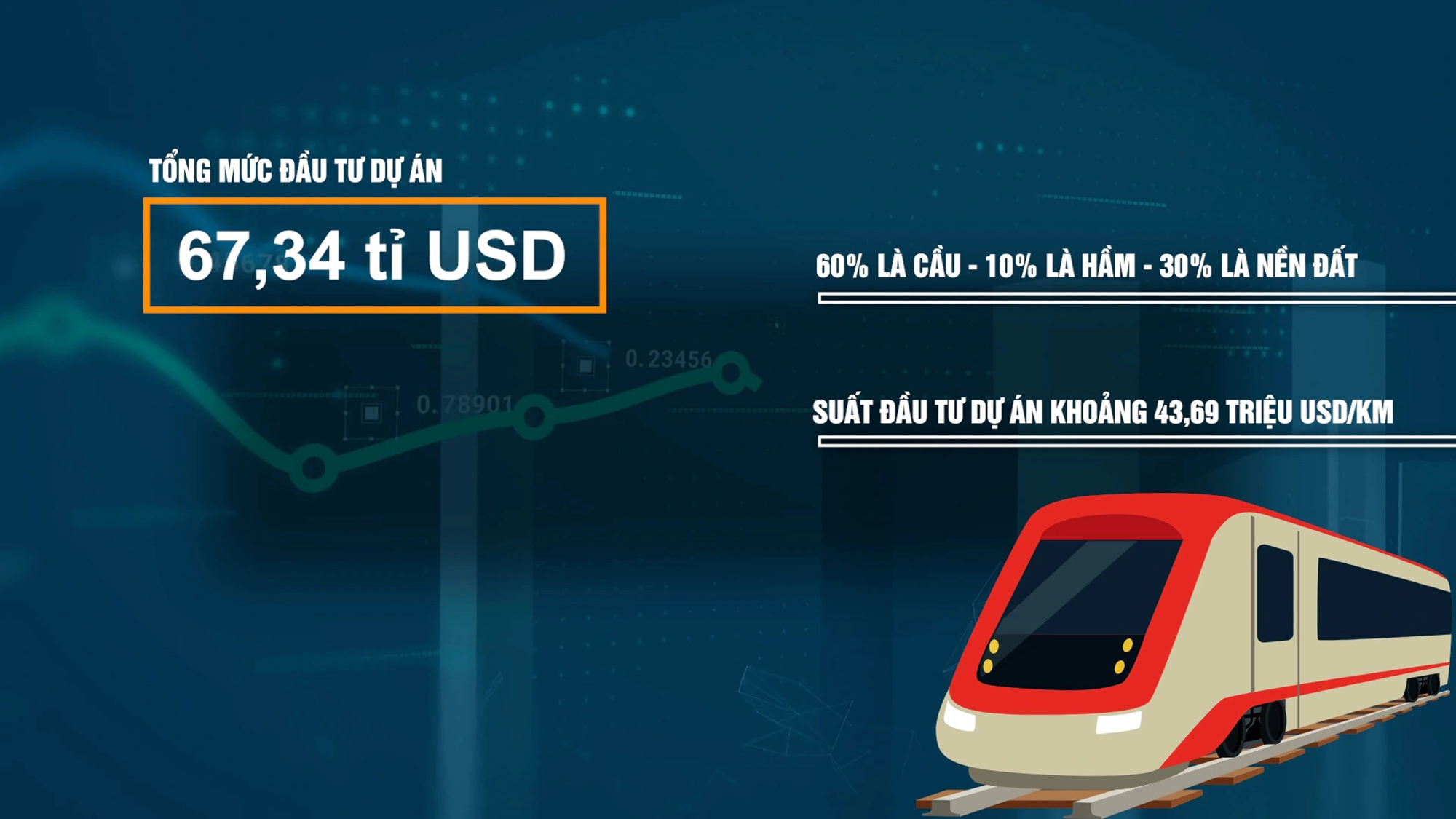


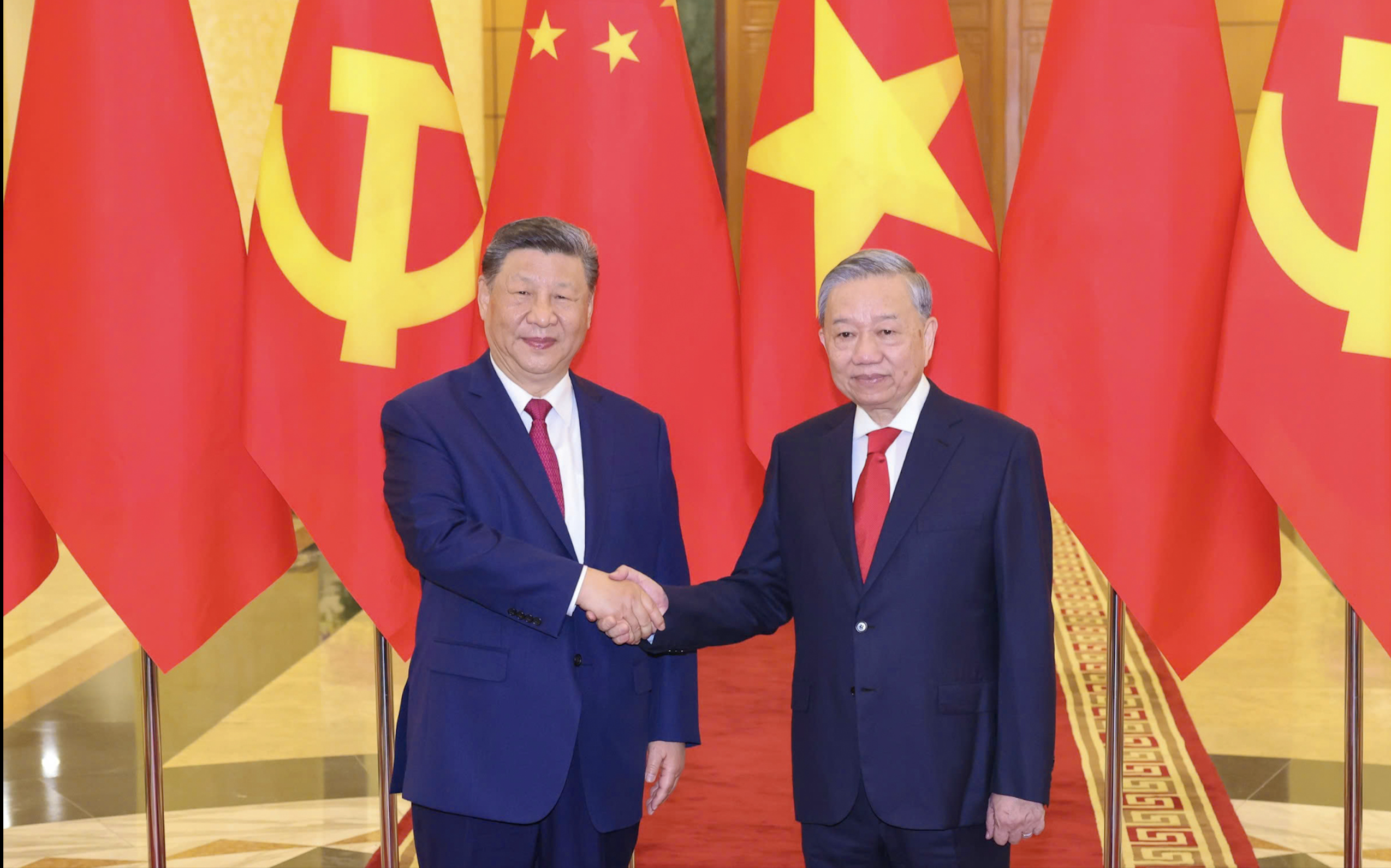
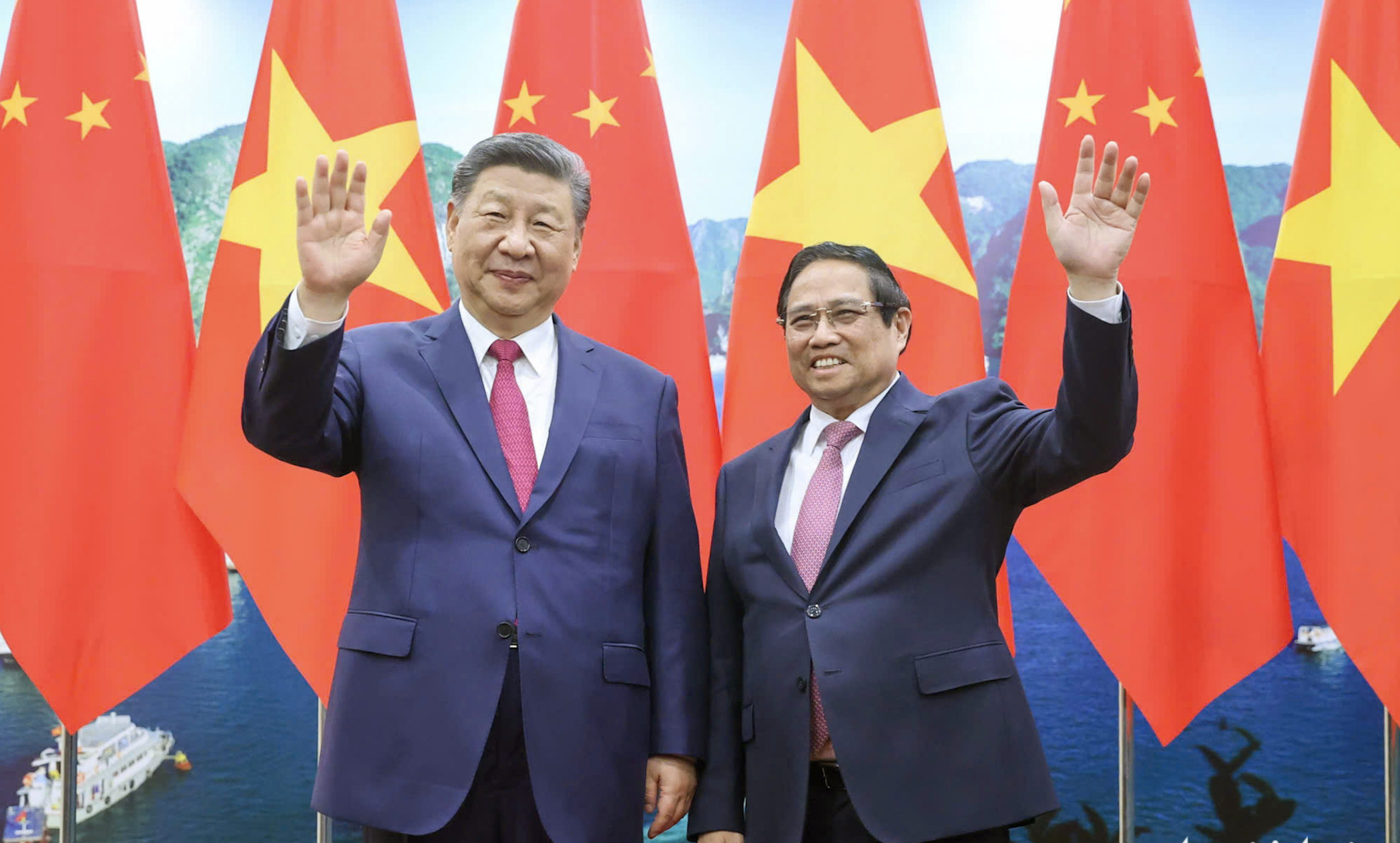
![[Photo] National Assembly Chairman Tran Thanh Man meets with General Secretary and President of China Xi Jinping](https://vstatic.vietnam.vn/vietnam/resource/IMAGE/2025/4/14/4e8fab54da744230b54598eff0070485)
![[Photo] Prime Minister Pham Minh Chinh meets with General Secretary and President of China Xi Jinping](https://vstatic.vietnam.vn/vietnam/resource/IMAGE/2025/4/14/893f1141468a49e29fb42607a670b174)
![[Photo] Tan Son Nhat Terminal T3 - key project completed ahead of schedule](https://vstatic.vietnam.vn/vietnam/resource/IMAGE/2025/4/15/85f0ae82199548e5a30d478733f4d783)
![[Photo] Reception to welcome General Secretary and President of China Xi Jinping](https://vstatic.vietnam.vn/vietnam/resource/IMAGE/2025/4/15/ef636fe84ae24df48dcc734ac3692867)


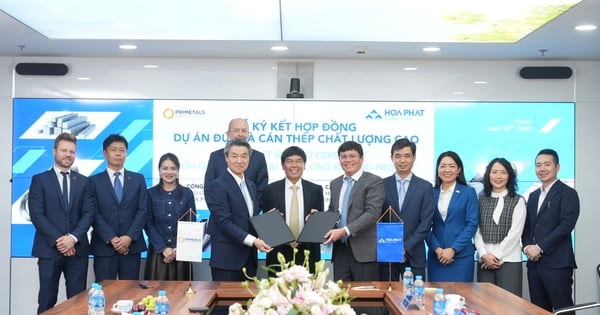

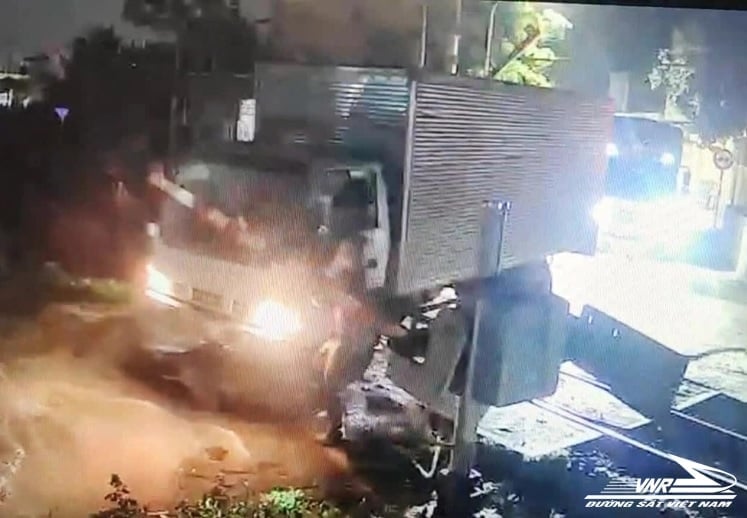


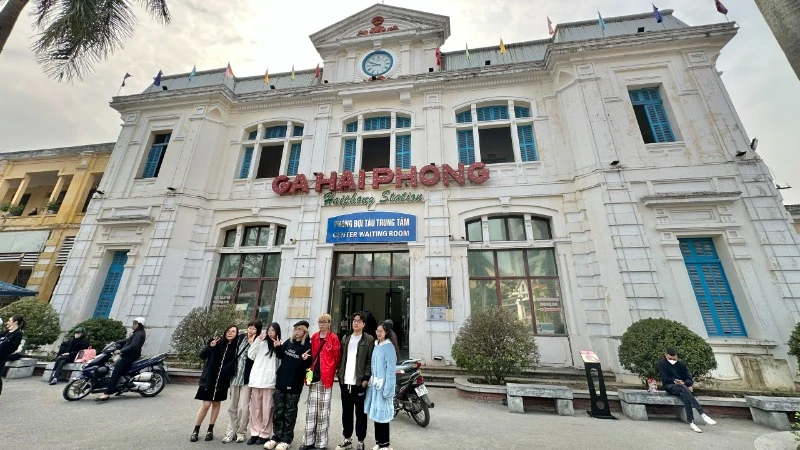
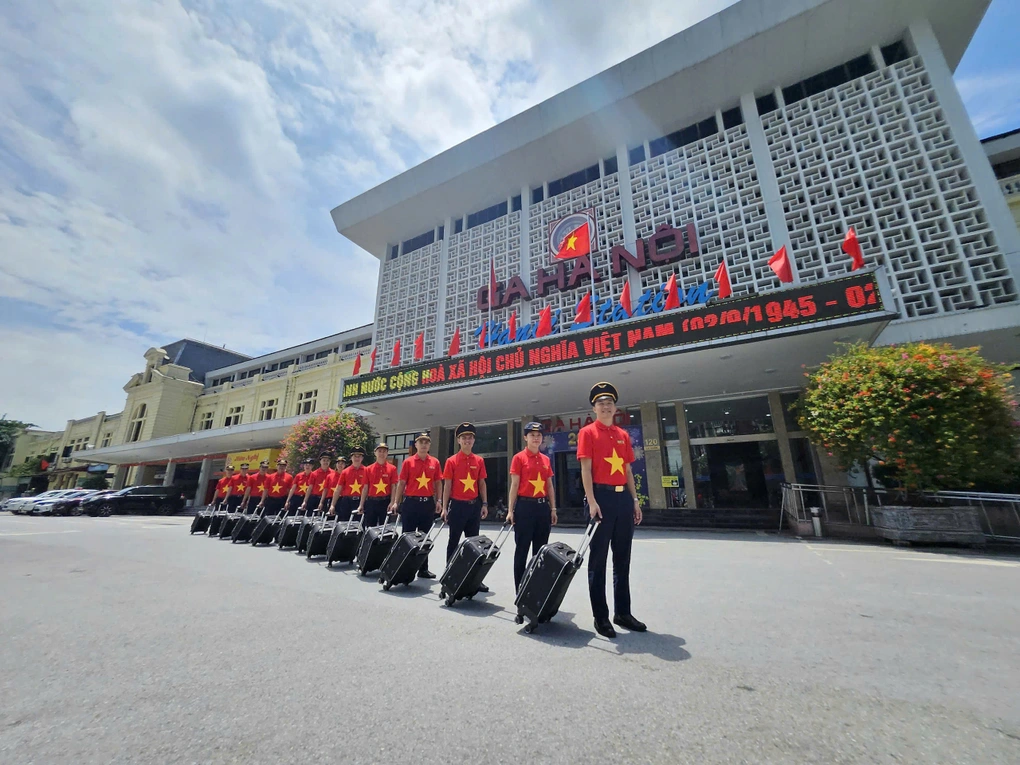

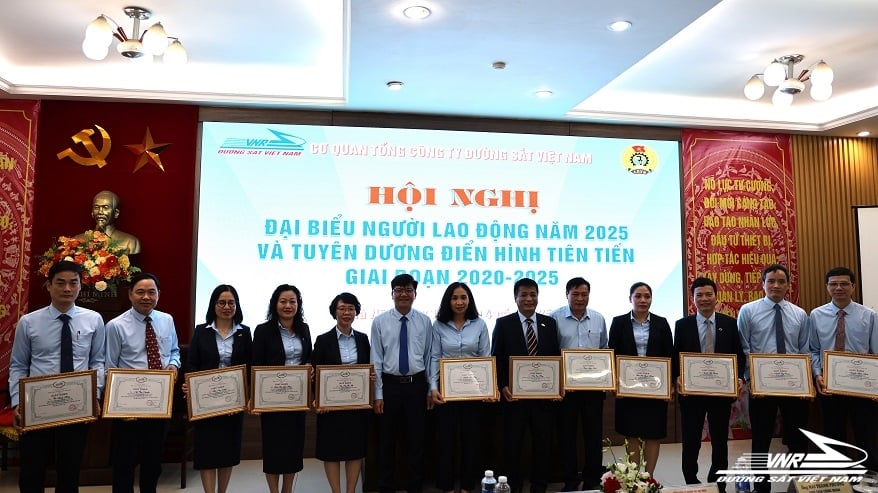
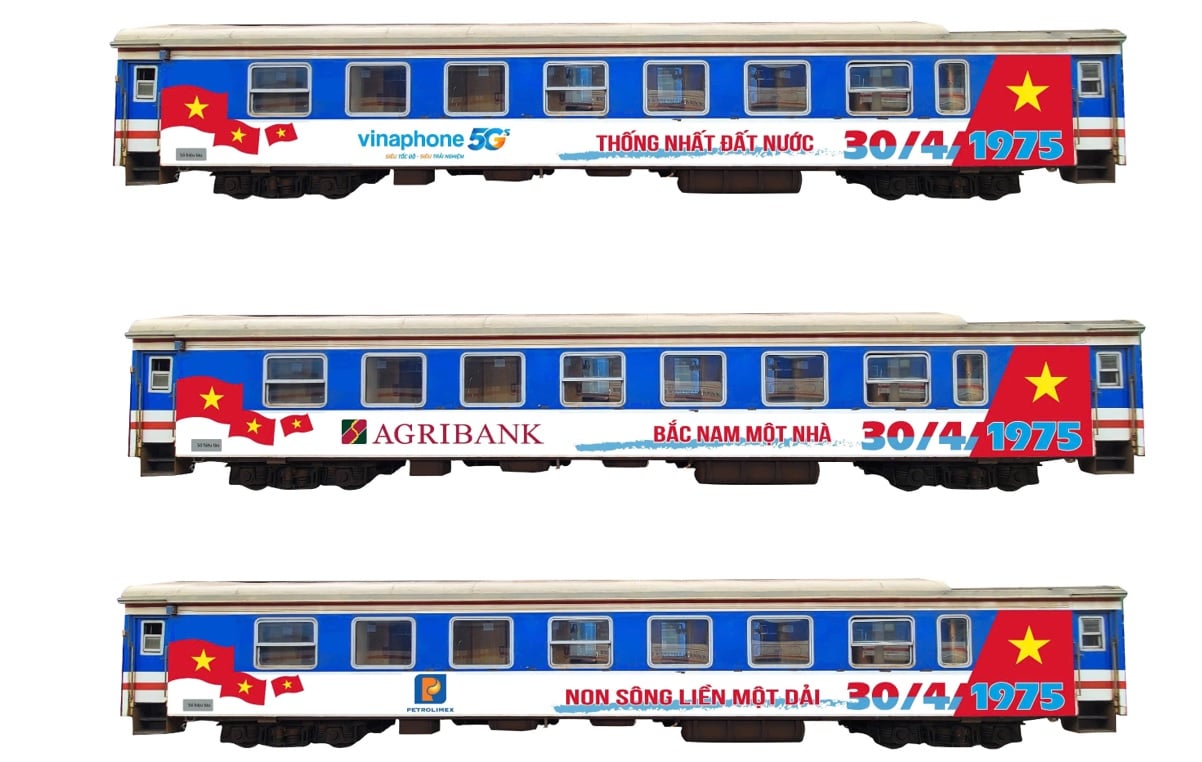
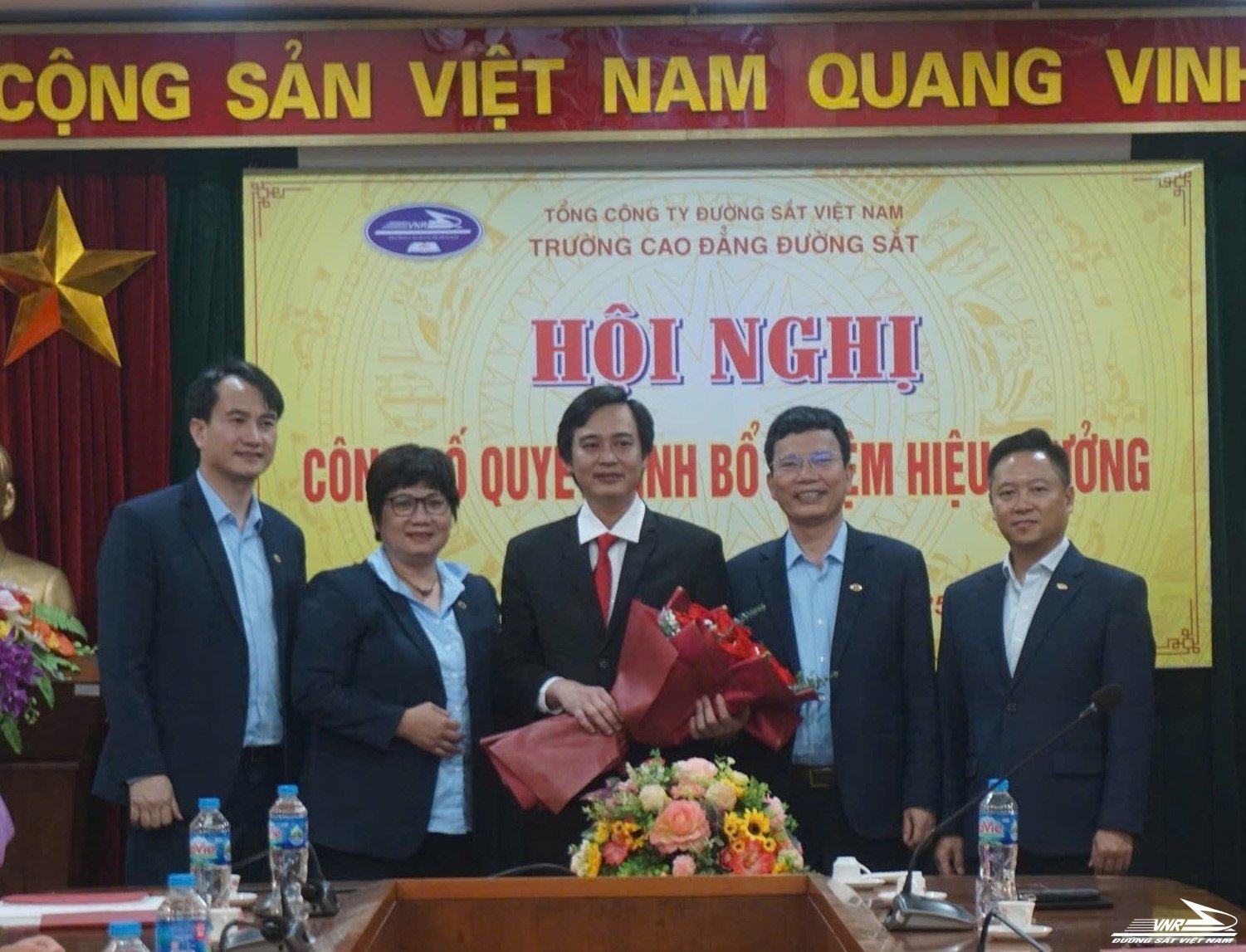
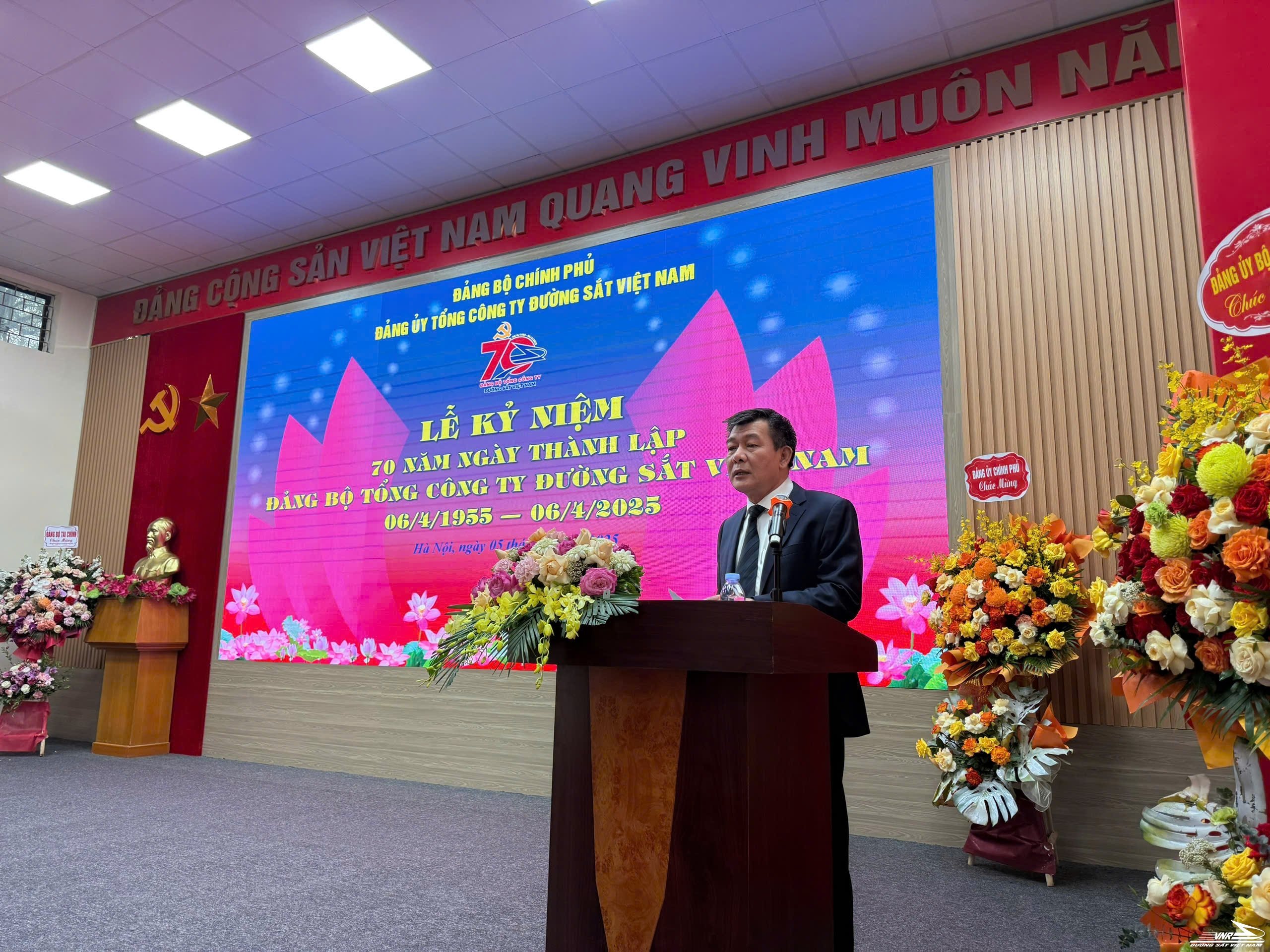
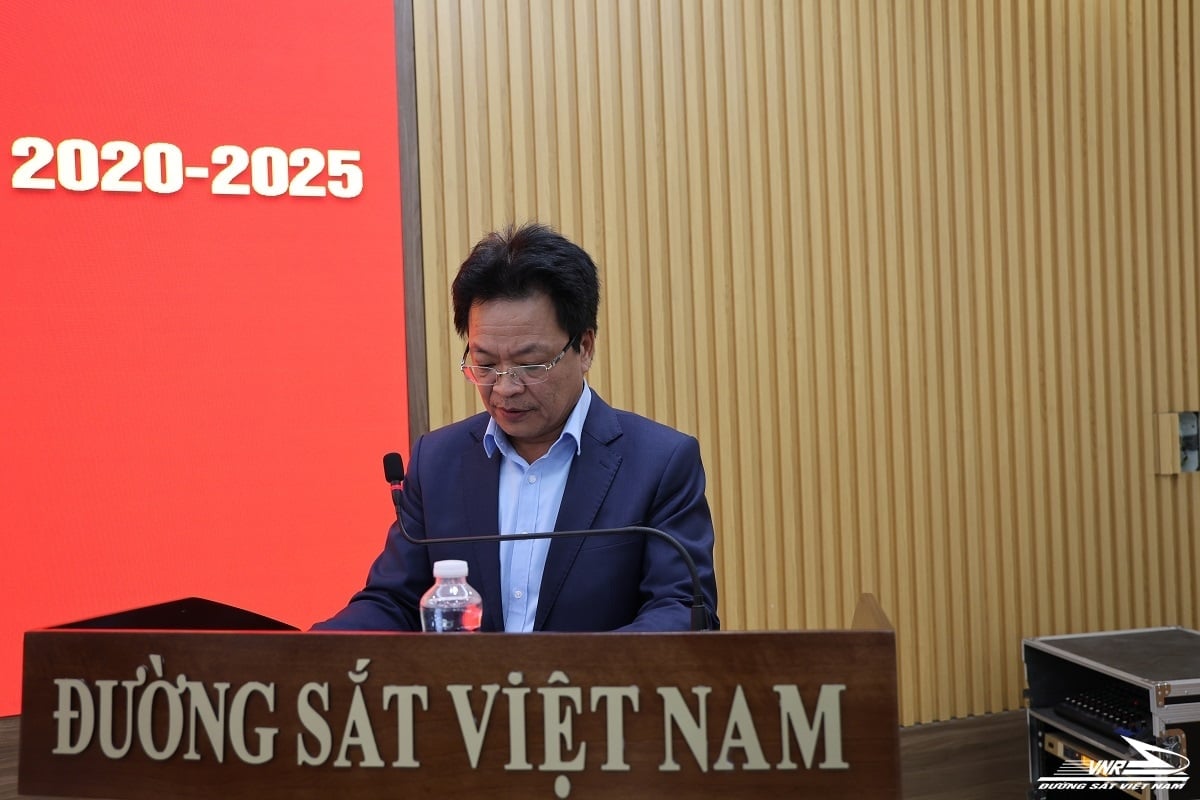

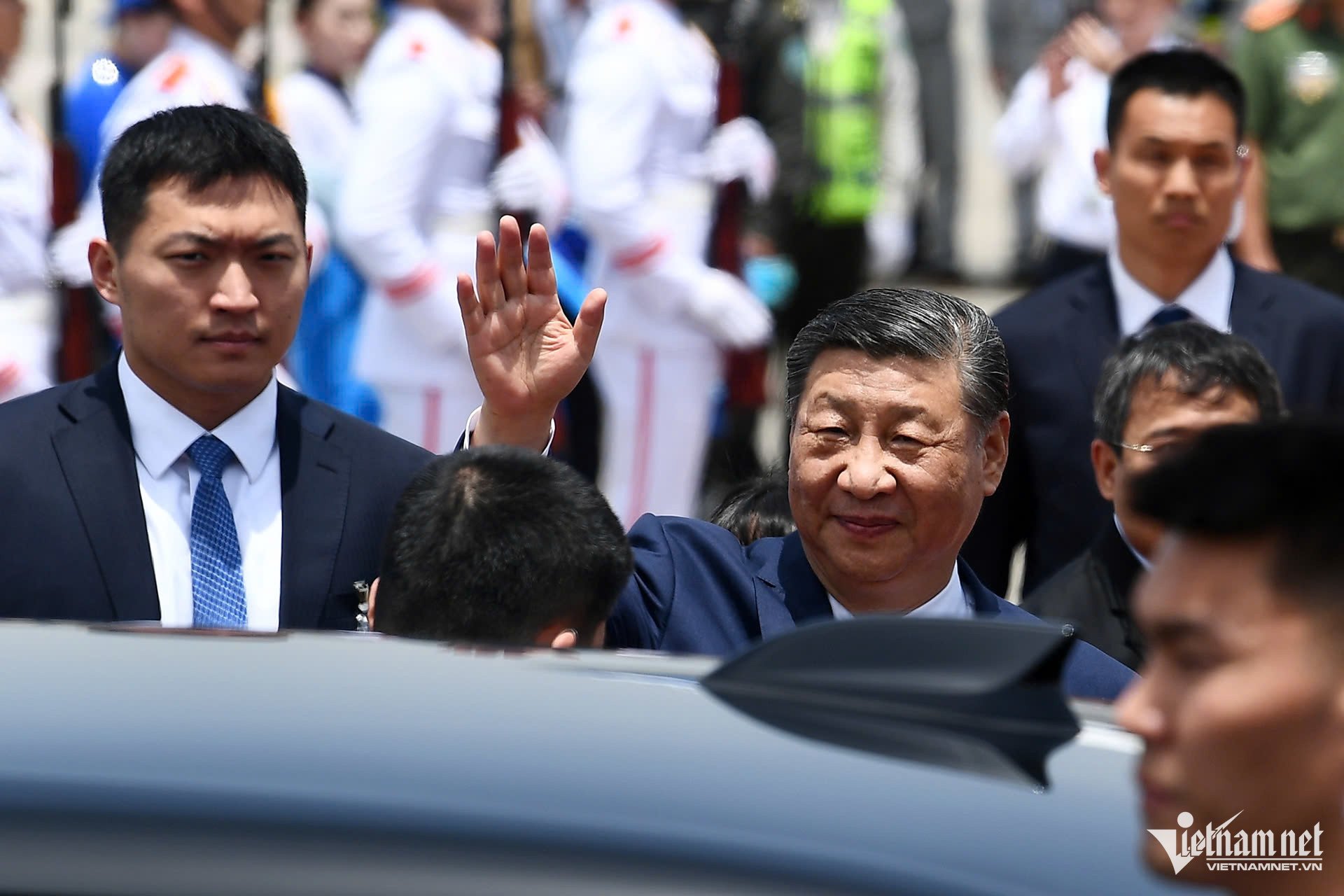
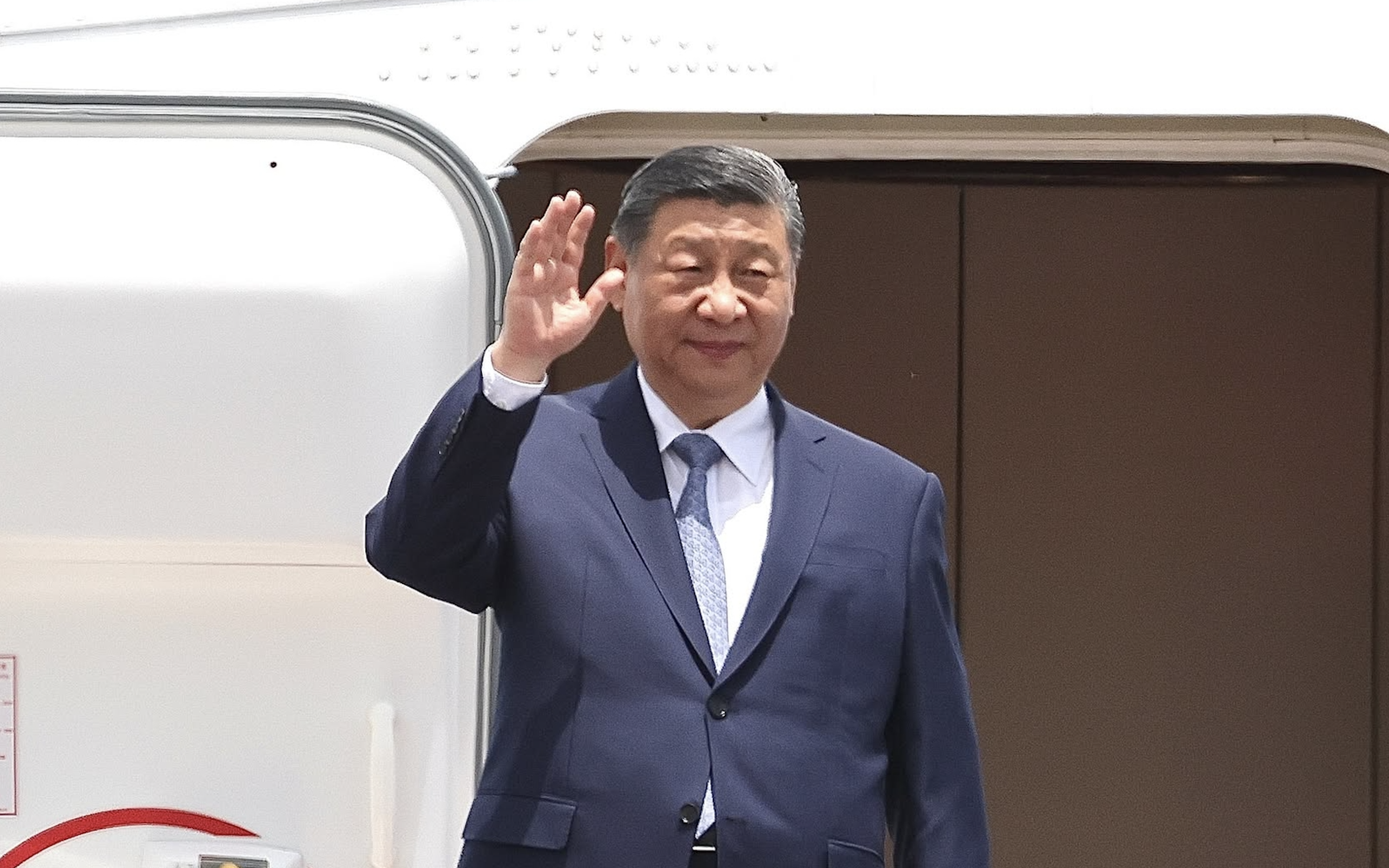
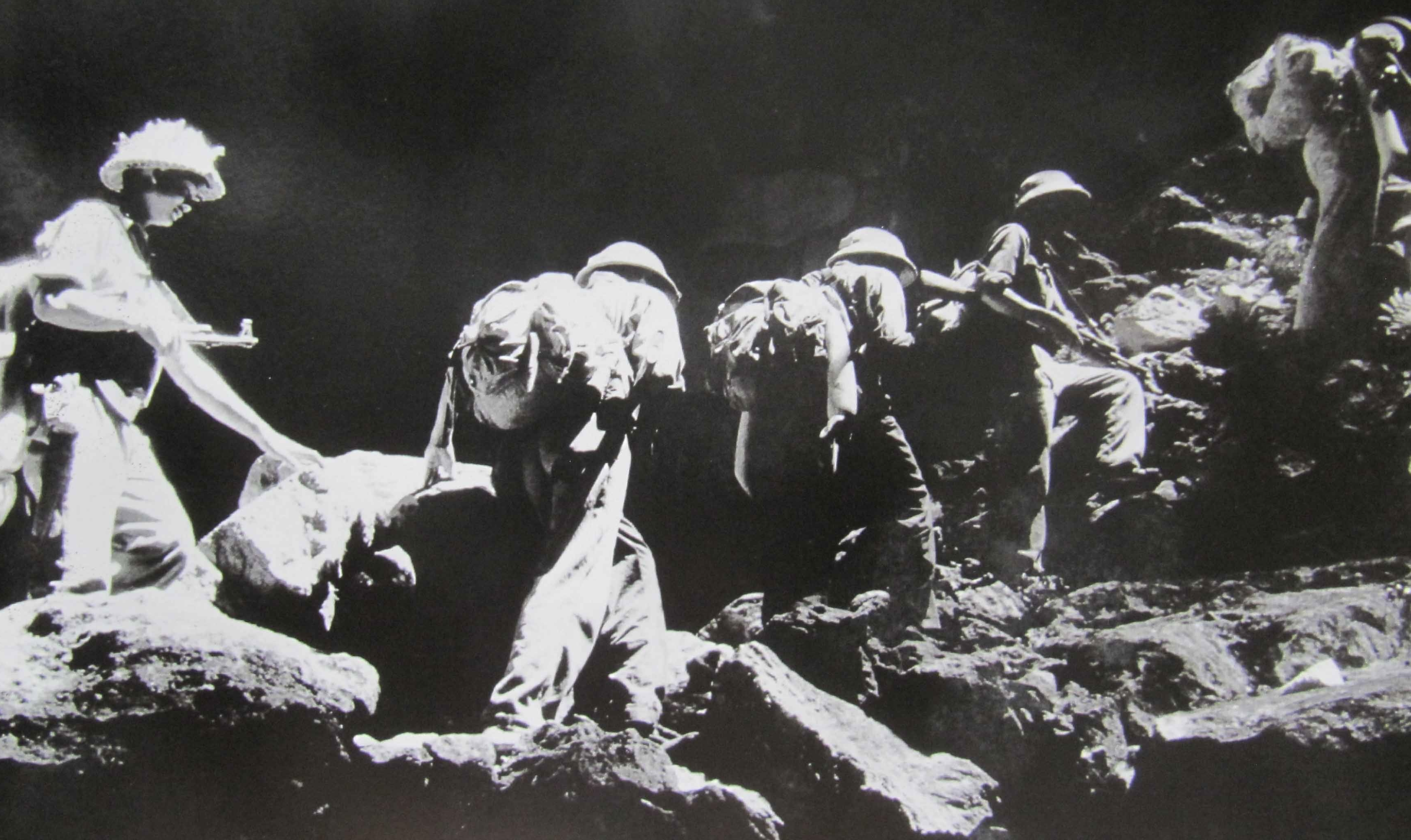

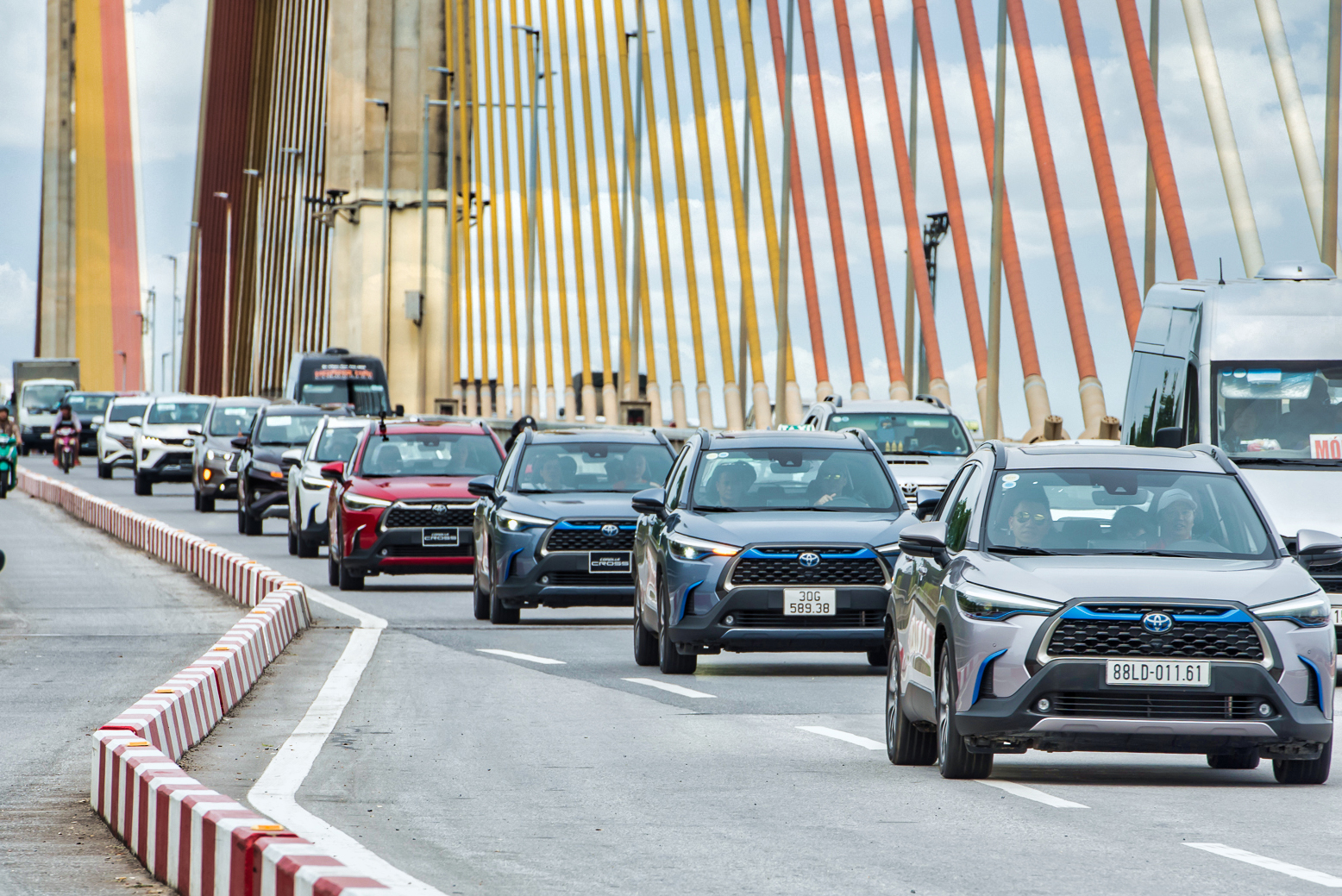





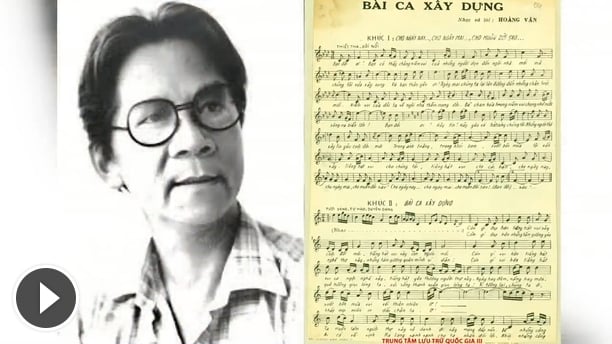

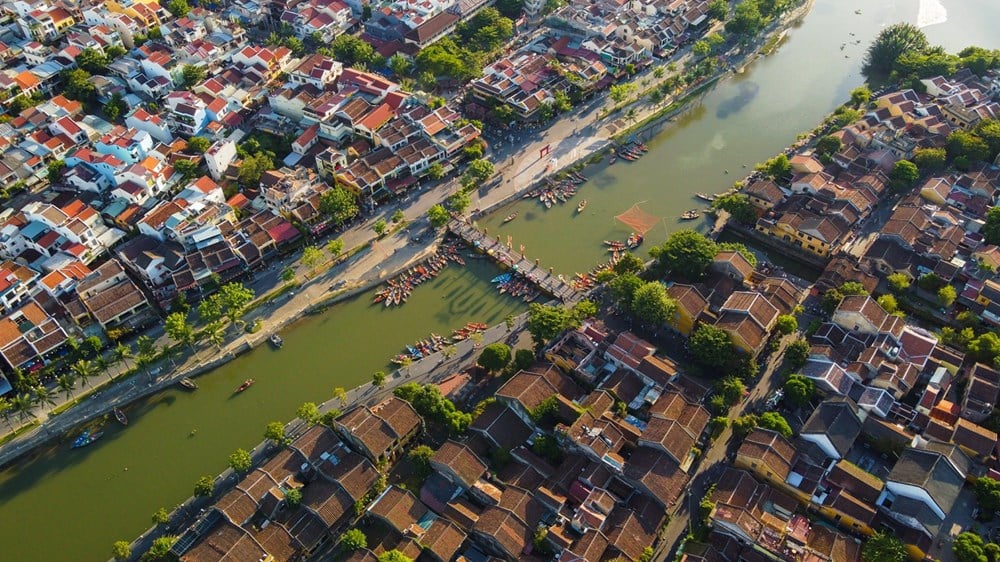




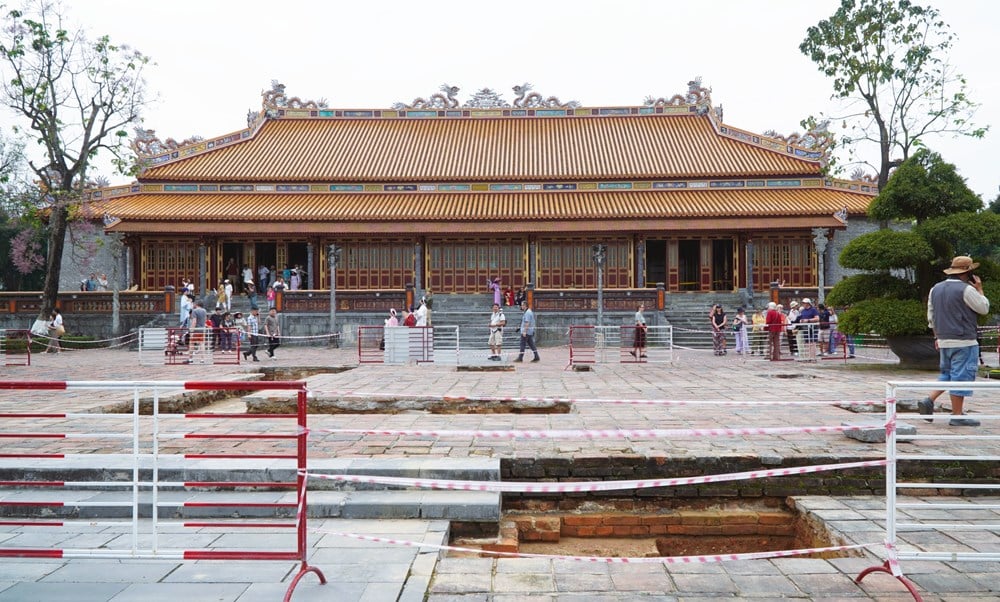
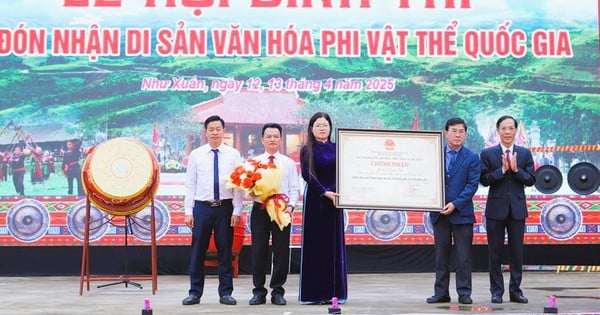

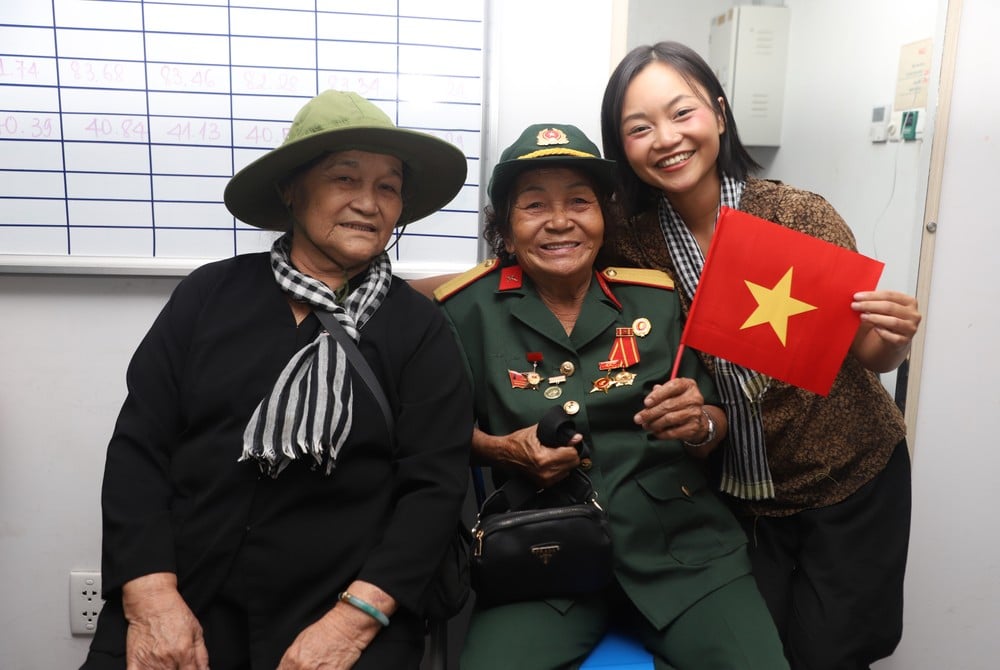




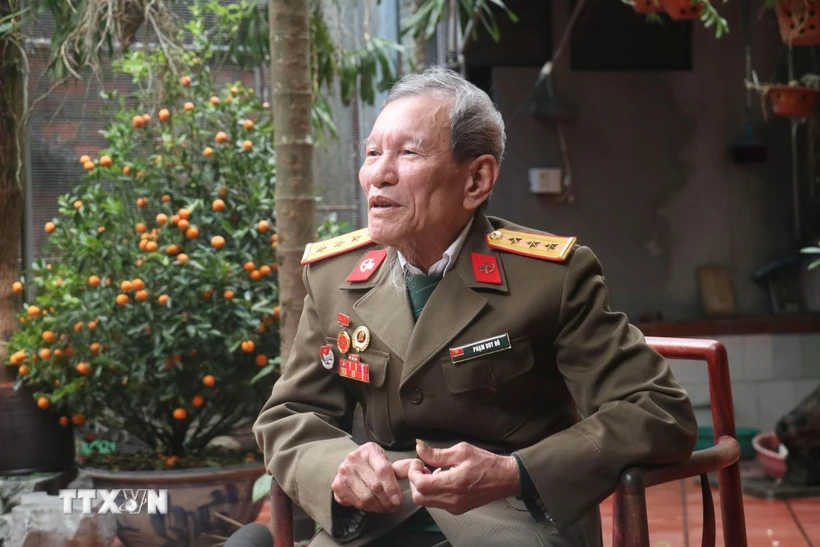

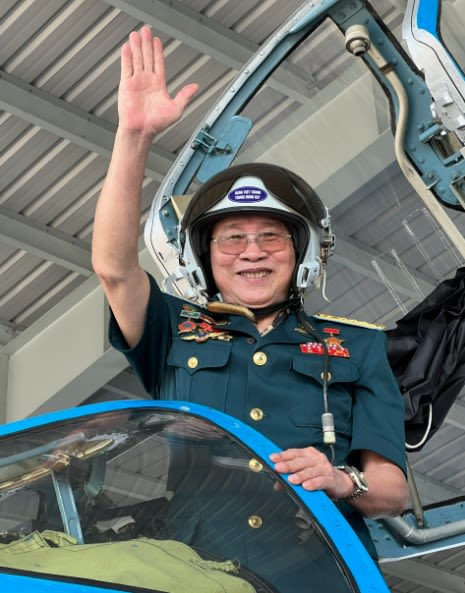
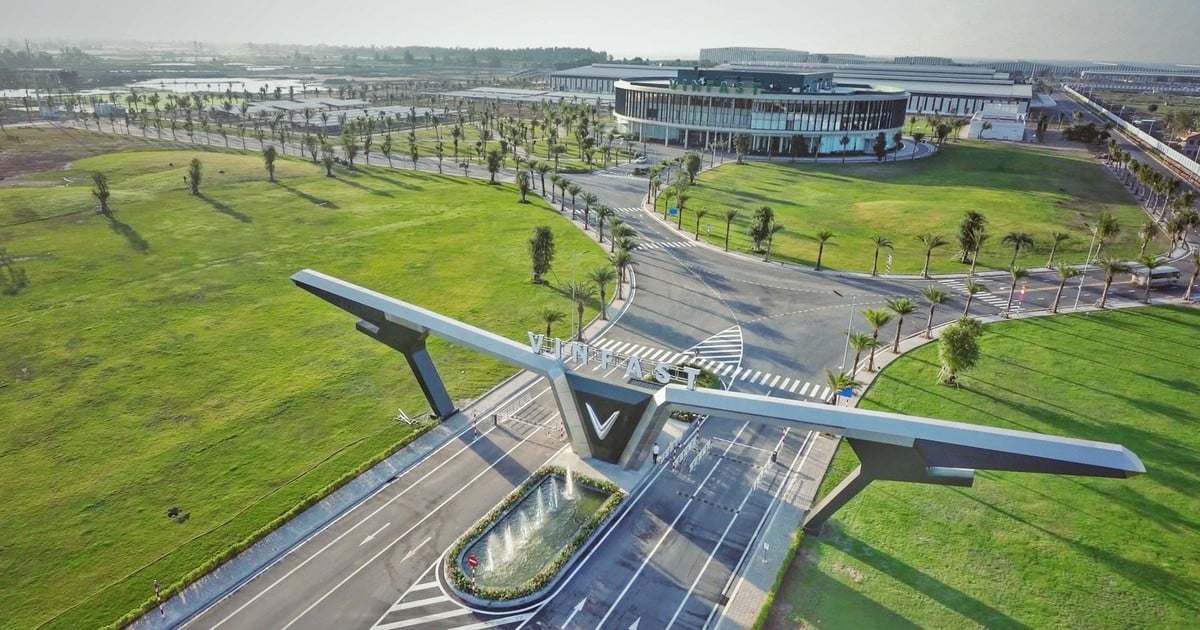

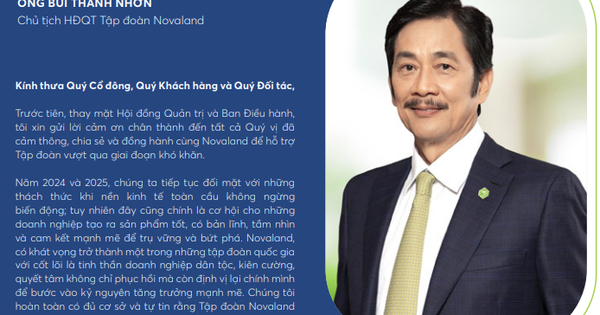
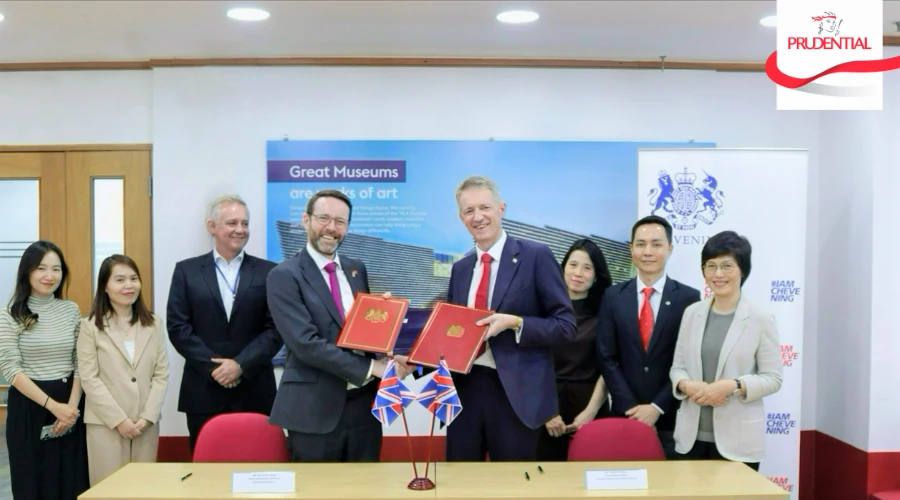

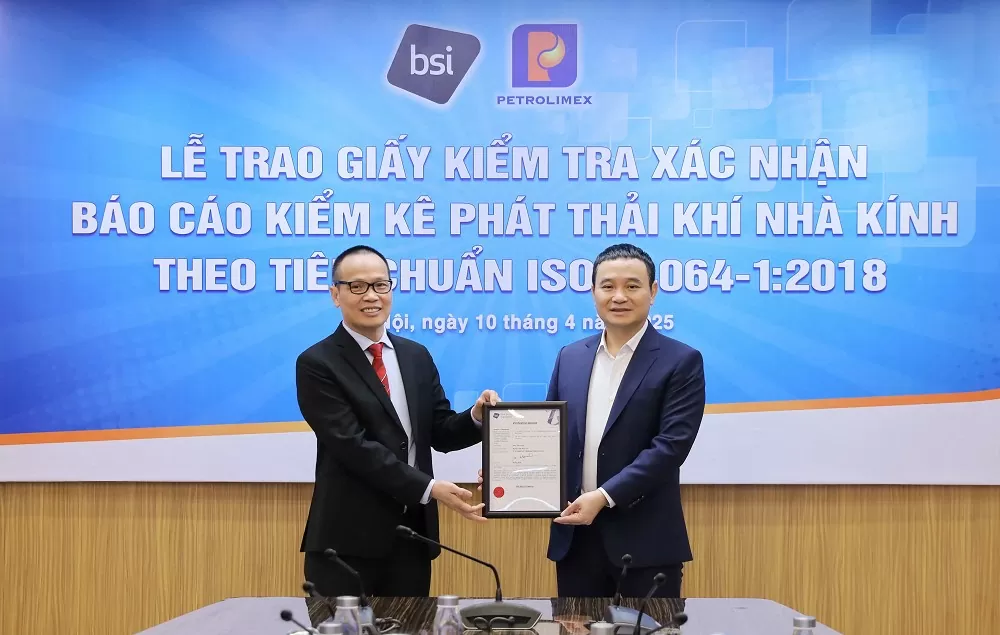



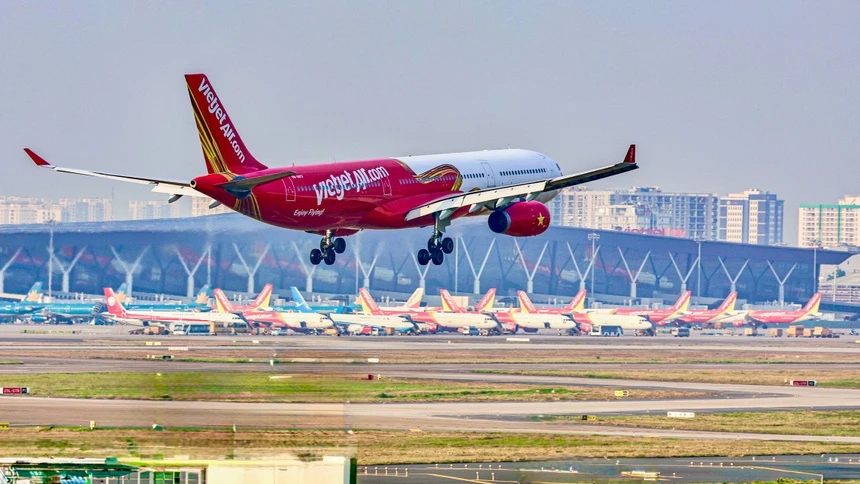

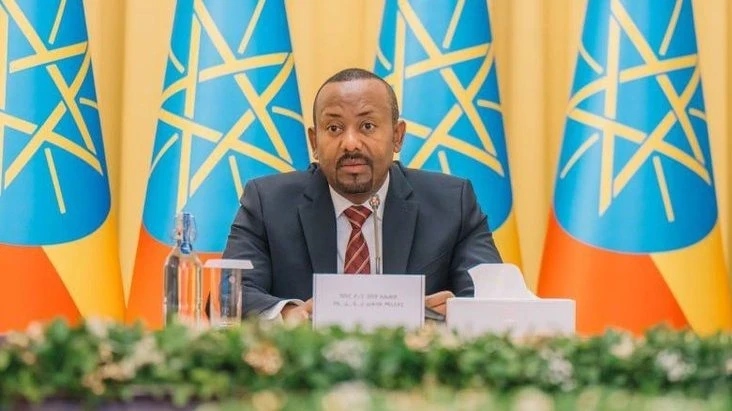
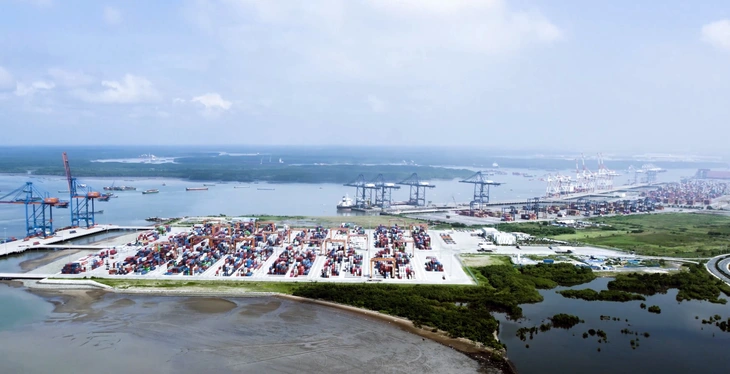

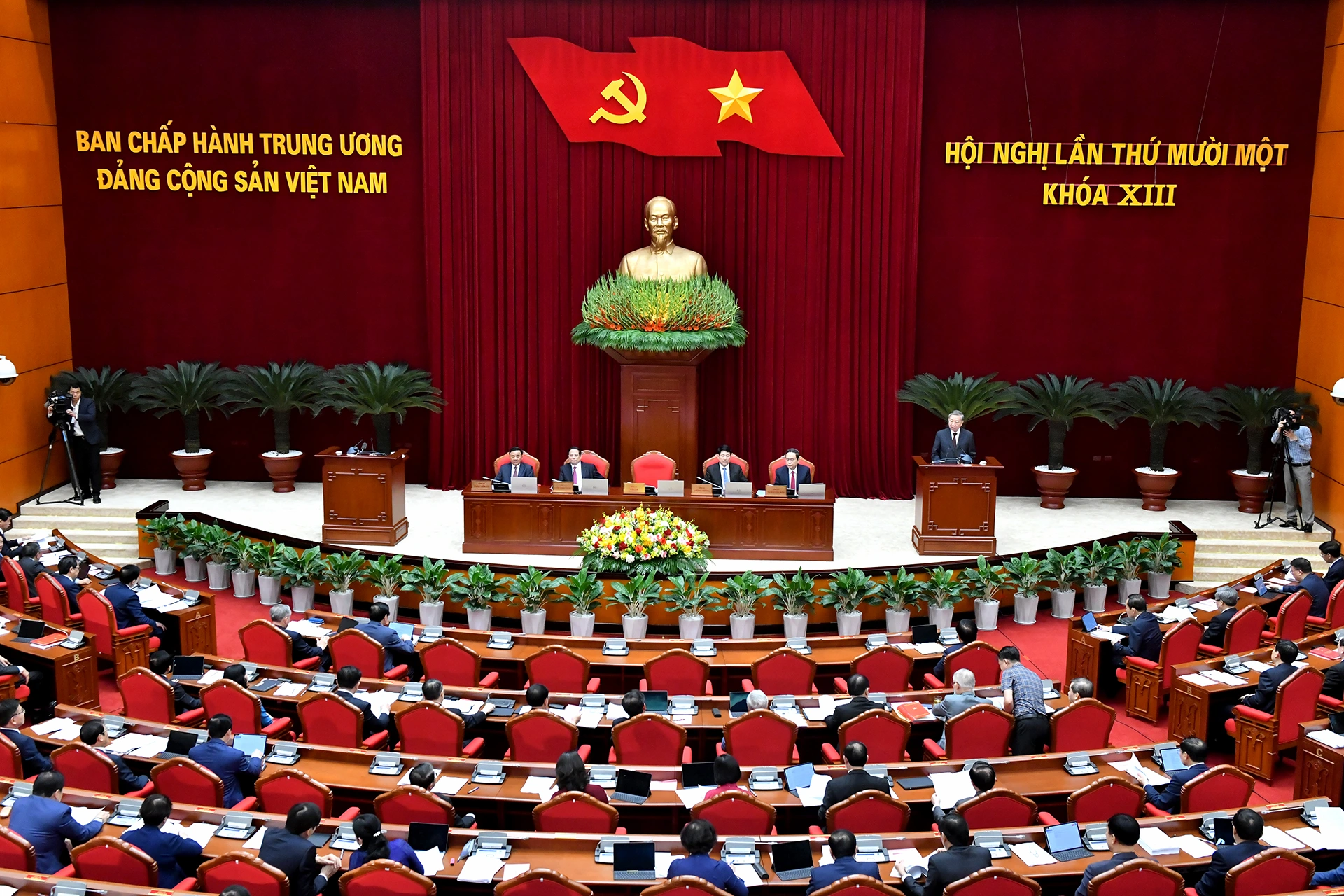

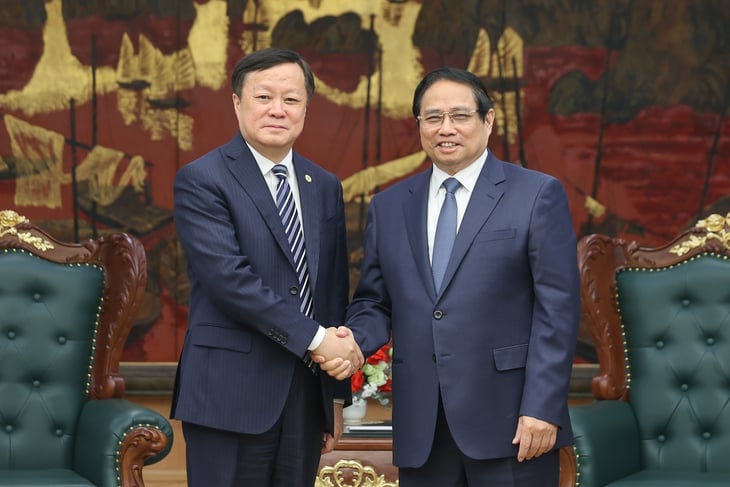
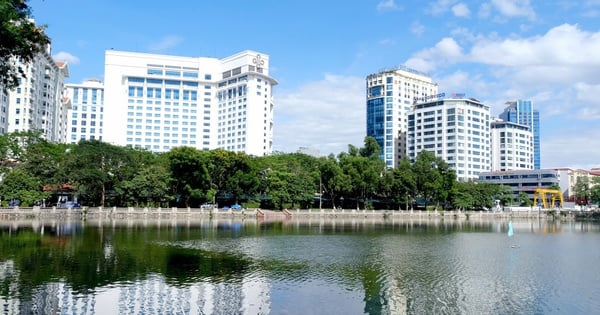

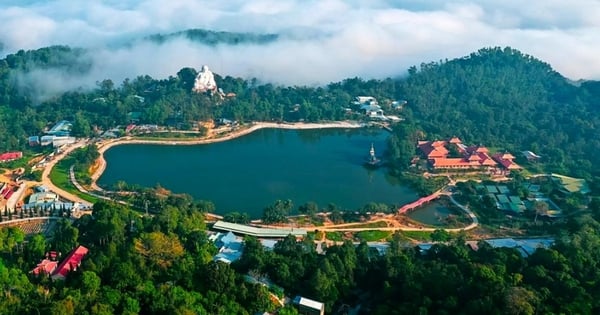

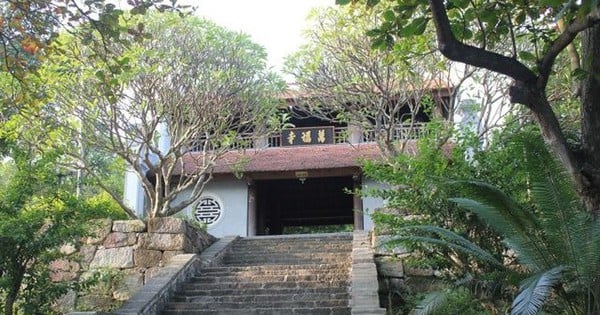
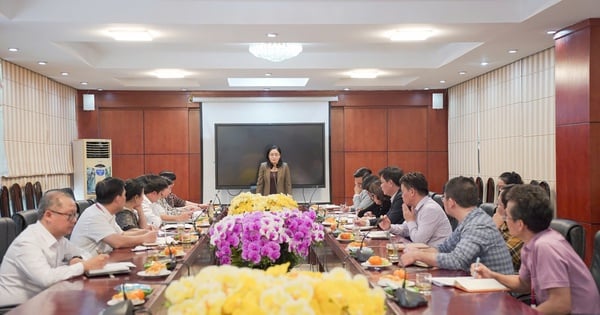
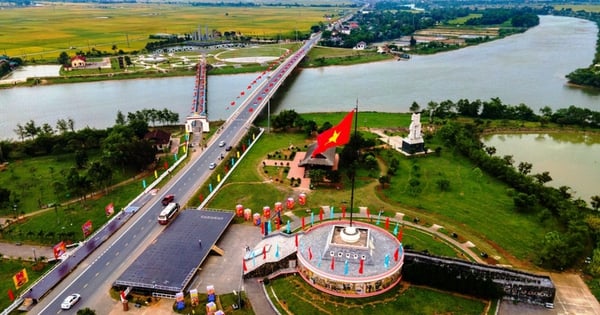

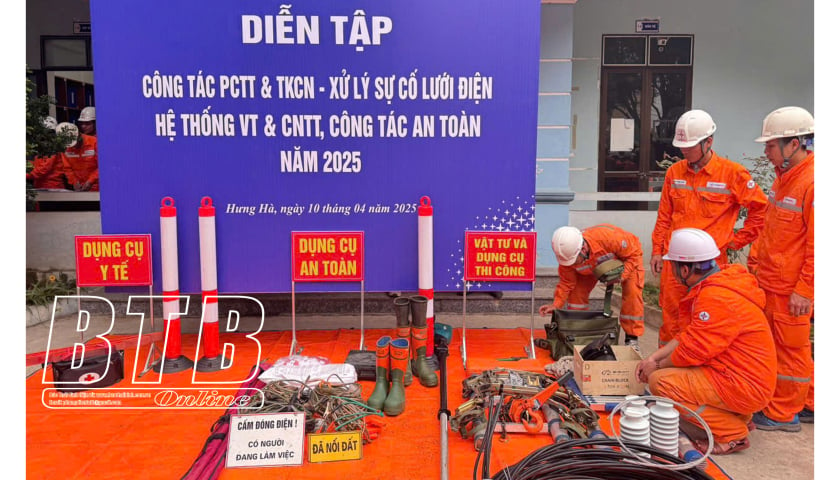

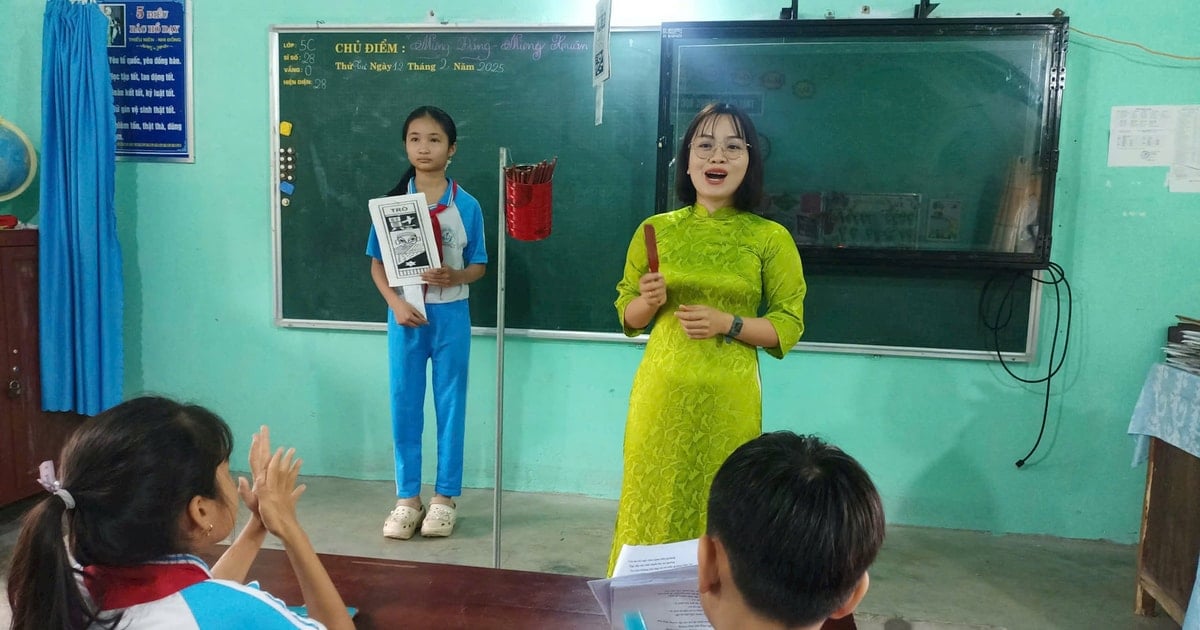

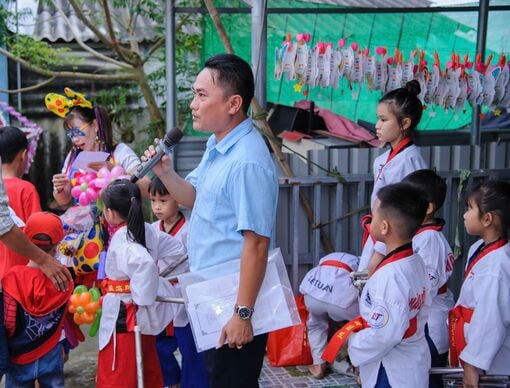


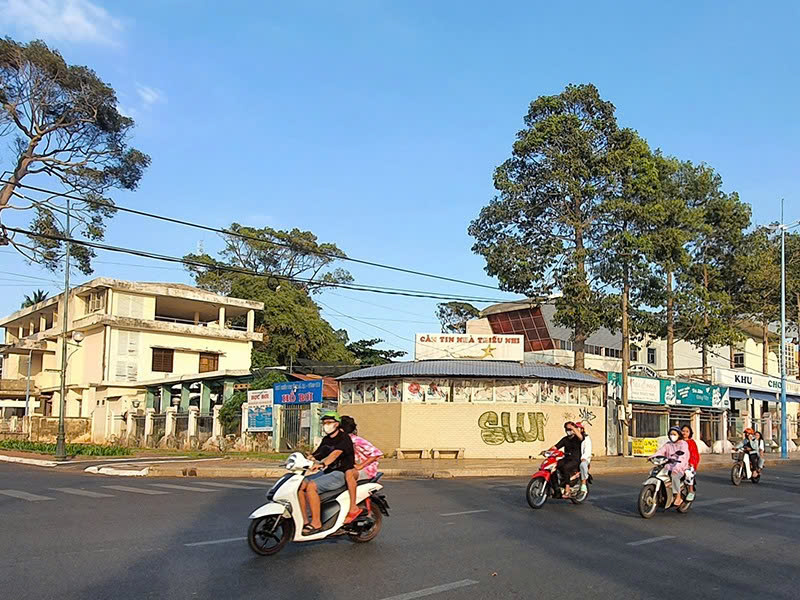

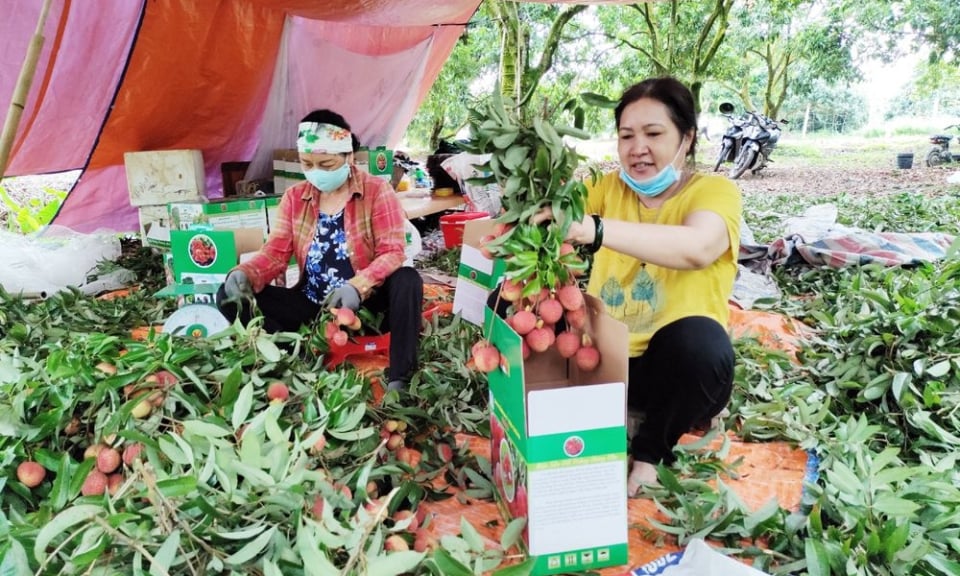

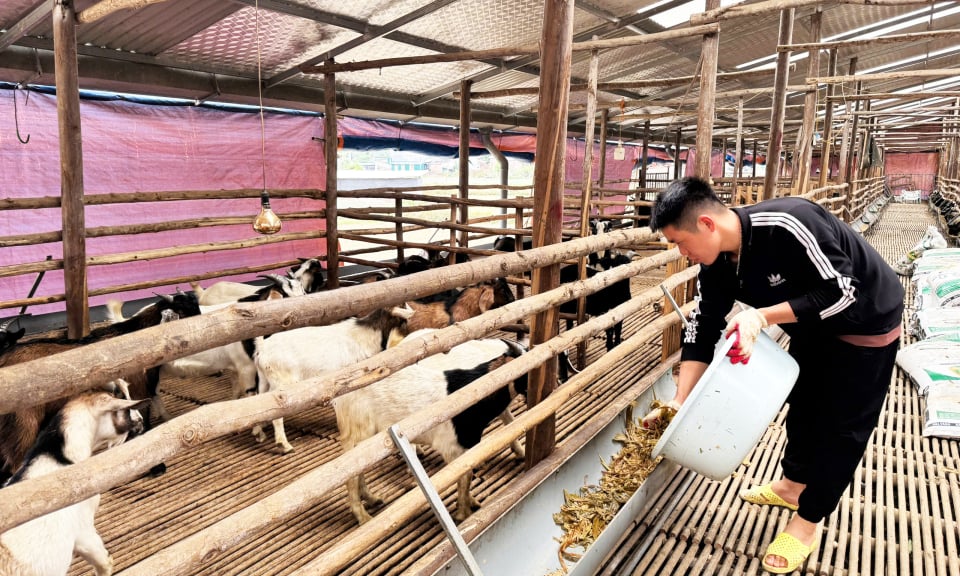







Comment (0)